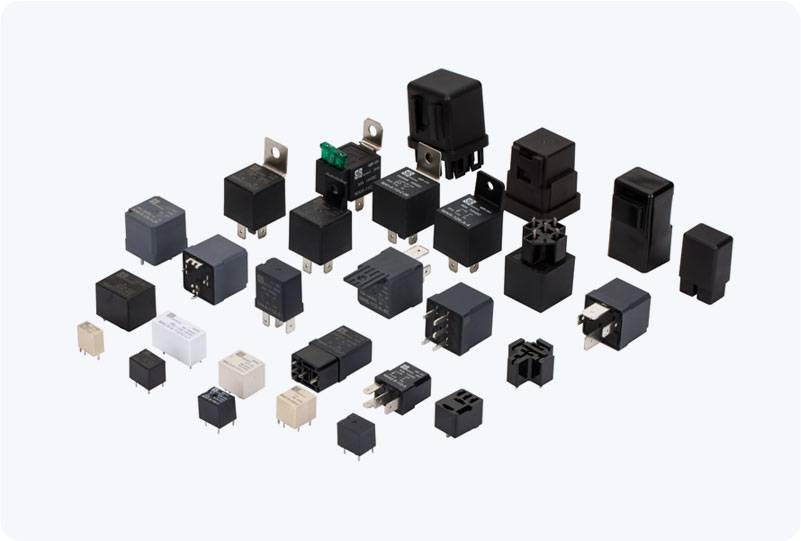The Optocoupler Protected Relay Module is a crucial component in modern electronic systems, offering enhanced safety and efficiency for controlling high-voltage devices with low-voltage circuits. It utilizes an optocoupler to isolate the control side from the switching side, ensuring that sensitive electronics are protected from potential damage due to voltage spikes, surges, or other electrical disturbances. In this article, we’ll explore the benefits, working principles, and applications of Optocoupler Protected Relay Modules, shedding light on their importance in various industries.

What is an Optocoupler Protected Relay Module? An Optocoupler Protected Relay Module is a combination of a relay and an optocoupler integrated into a single module. The relay is a switch that controls the connection between two circuits, while the optocoupler ensures electrical isolation between the control (low-voltage) side and the load (high-voltage) side. The optocoupler uses light to transmit signals, preventing direct electrical connection between the two sides, which is crucial for protecting delicate electronics. In essence, the module allows low-voltage microcontrollers or microprocessors to control high-voltage devices, such as motors, lights, and industrial machinery, safely. The optocoupler provides a buffer, ensuring that the high-voltage side cannot cause any electrical interference or damage to the control side of the circuit.